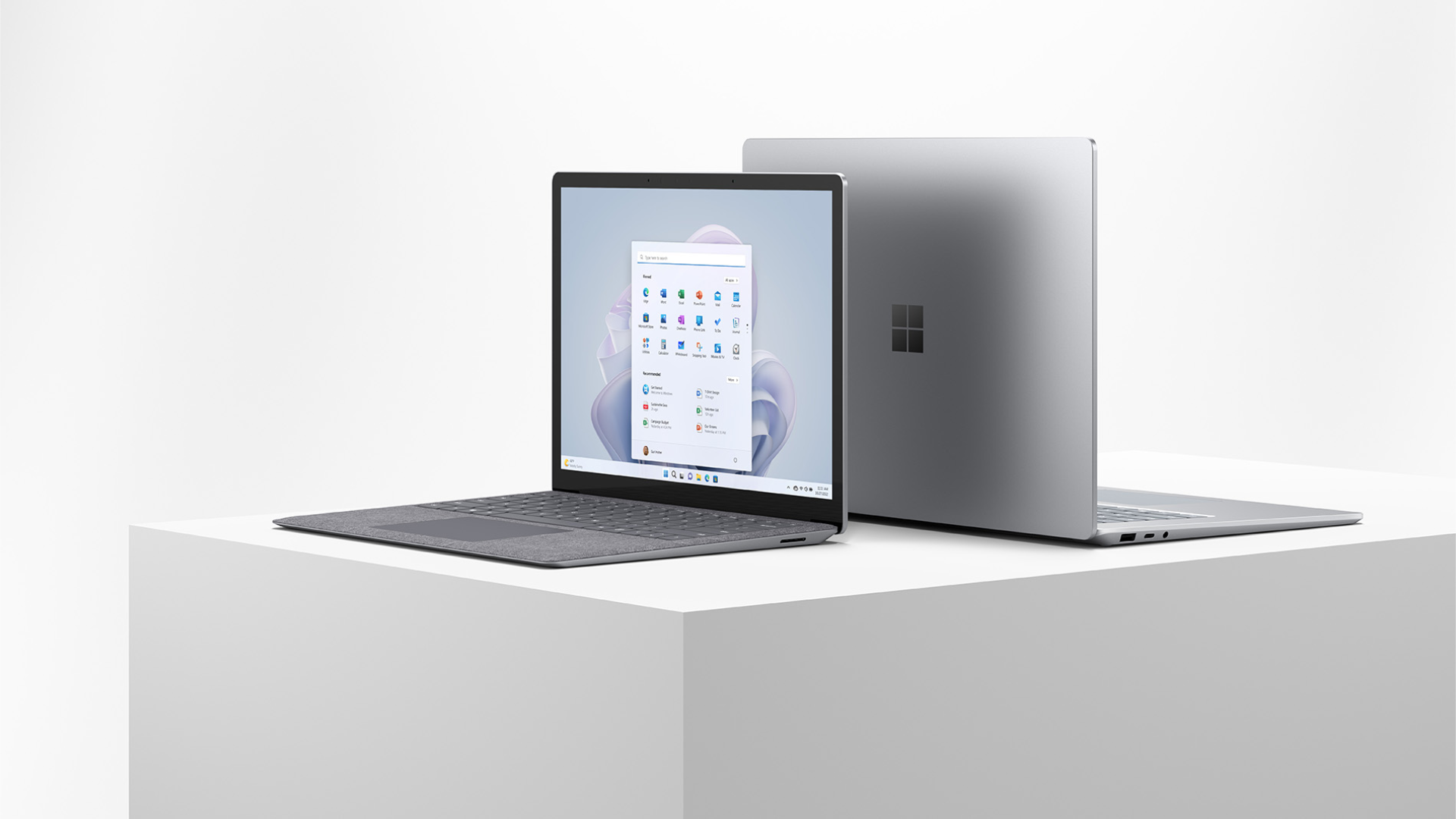As parents and educators have had to adjust the remote learning reality this spring using a larger portfolio of technology services to aid in remote learning, companies like Microsoft are looking ahead to the fall.
If you had a child remote learning this spring then you know how much of a major change it was to go from sending them off to school in the morning to monitoring and helping them with their school work while trying to work yourselves. Today Microsoft posted “Three months later: What educators have learned from remote learning prepares them for the new school year,” on its Education blog.
Microsoft wants to continue to help “educators find ways to connect with students and keep them engaged, motivated, and safe in a digital world.”
The company says that they “found 61 percent said they expect to begin the next school year in a hybrid learning environment—a mix of remote and in-person learning—and 87 percent said they expect to use technology more than before once in-classroom teaching resumes.“
For educators, traditional lesson plans do not always translate digitally—and in many cases, teachers are finding they can’t recreate the school day with just live sessions. According to our community of educators, over half said “keeping students engaged digitally” and “student participation” are the top challenges they faced during remote learning.
The company goes on further to detail how they want to ensure “strong student engagement across different activities and maintain secure digital classrooms, educators are turning to a central hub of digital tools for remote learning. In fact, more than 150 million students, faculty, institutional leaders, and teachers have been actively using Microsoft Education products—with Teams for Education as that hub—to engage students in remote learning.“
With the fall and a new school year rapidly approaching Microsoft is announcing a number of new Teams experiences:
- For educators, seeing all their students’ faces at the same time makes a big difference in student engagement, as well as social and emotional connection. That’s why, coming to preview this month with general availability in the fall, we are expanding the Teams grid view to 7×7, which will accommodate up to 49 participants at once on a single screen. In the fall, educators will be able to create virtual Breakout Rooms so students can meet and collaborate in small groups.

- Educators also need more options to ensure every student can participate and that every voice is heard. In Teams for Education, students can Raise Their Hands during class meetings. Educators can also see Attendance Reports and view Class Insights, an intelligent data analytics breakdown showing how students engage with the class, including assignments turned in, activity metrics and grades, with a new trends view coming in time for fall.

- For educators, maintaining student security and control over the classroom experience is critical. This summer, we are adding new meeting options in Teams that prevent students from starting meetings unattended, let educators determine who can present in a meeting, and give educators the ability to create a Meeting Lobby to ensure only assigned students can join a meeting—adding to Microsoft’s approach to privacy and security, which supports more than 90 regulatory and industry standards, including the Family Educational Rights and Privacy Act (FERPA) for the security of students and children.
As video chat services like Microsoft Teams gears up for a new school year in the fall, companies like Microsoft are learning from the past several months and aiming to improve their products to help educators make the next school better than the last.






You must be logged in to post a comment.